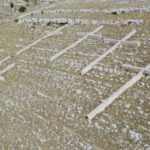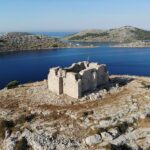The Kornati Islands, nestled in the pristine waters of the Adriatic Sea, have long been celebrated for their breathtaking landscapes and maritime heritage. Yet, beneath the surface of this natural wonderland lies a rich history that traces back to ancient times when the Liburnians, an Illyrian tribe, left an enduring legacy on these lands.
Masters of the Sea: The Liburnian Legacy
The Liburnians’ historical journey spans from the Late Bronze Age to Late Antiquity. In the Late Bronze Age, starting around the 10th century BC, the Liburnians settled in northern Dalmatia, with their early history shrouded in mystery. By the 4th and 3rd centuries BC, they gained recognition as skilled seafarers, warriors, shipbuilders, and navigators, aligning themselves with the Illyrian peoples and becoming closely linked to the Roman Republic’s expansion.
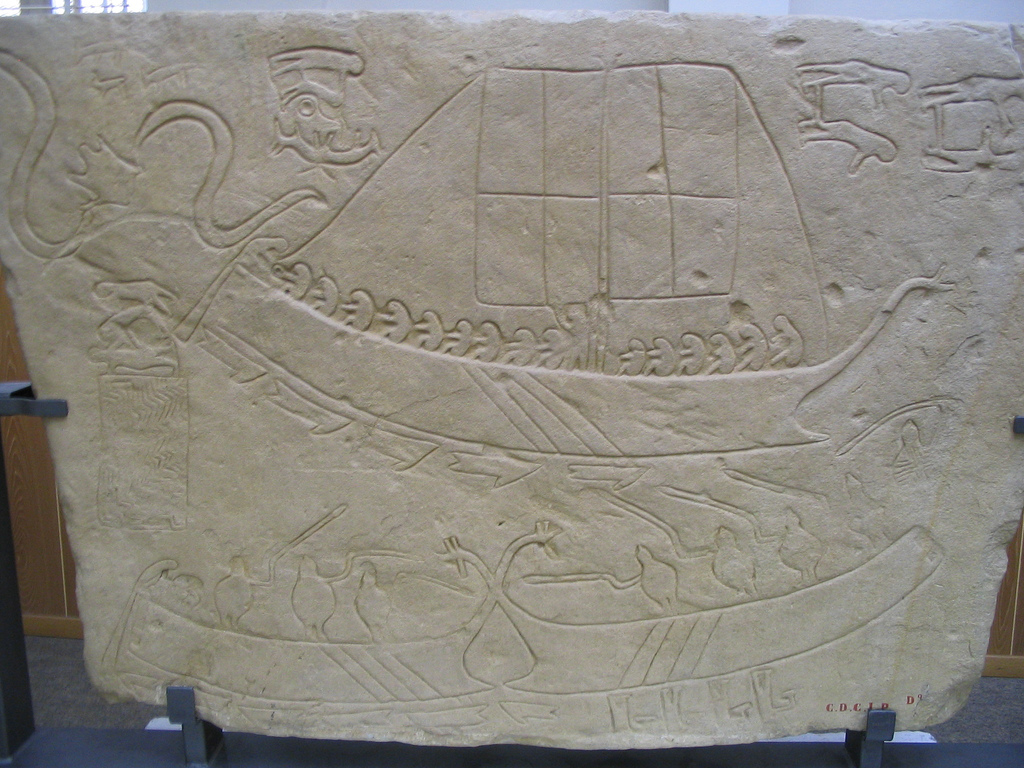
Historical accounts from the 5th century BC by figures like Hecataeus of Miletus and Strabo recount early interactions and territorial disputes, including their expulsion from Korkyra by the Greeks. In the 3rd century BC, Liburnian dominance in the Adriatic declined, largely due to military campaigns led by Dionysius the Elder of Syracuse, who established colonies along the Adriatic coast.
The Kornati Islands, located between the strategically positioned city of Colentum, known today as Murter, and Iader, known today as Zadar, on the southern coast of Liburnia, played an integral role in this narrative. These islands were an important part of the Liburnian maritime domain.
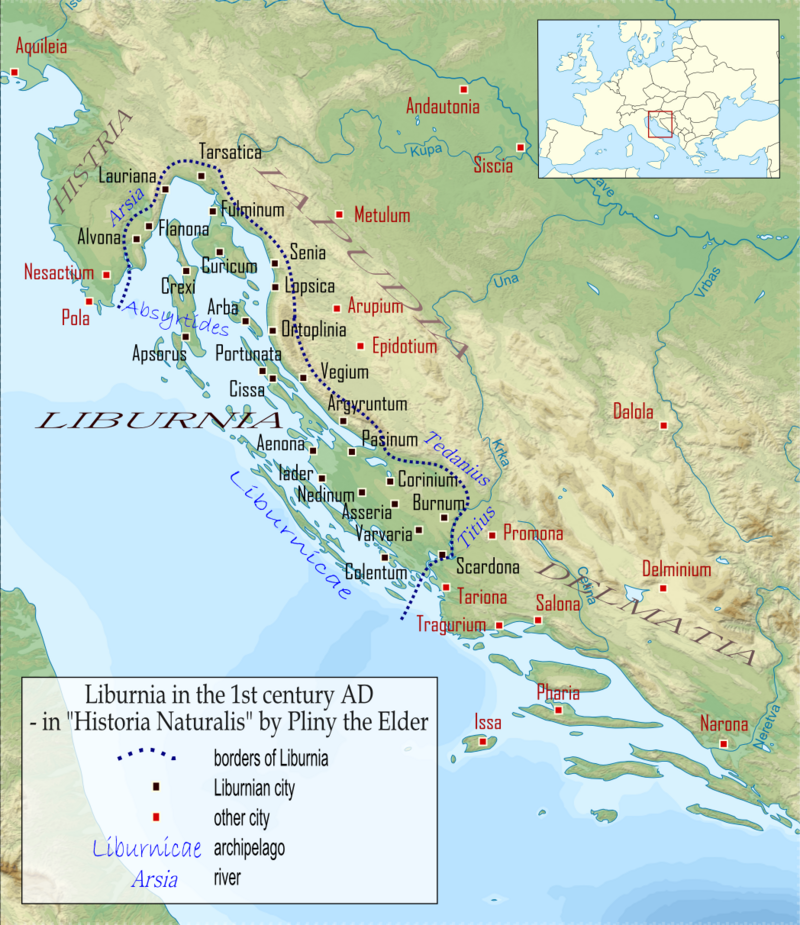
As the 5th century AD approached, the Liburnians integrated into various successor states as the Western Roman Empire declined. Throughout the Hellenistic and Roman periods, Roman influence expanded, and the Liburnians played a role in the conflicts between Caesar and Pompey. Despite the process of Romanization, the Liburnians adeptly preserved their cultural traditions and identity.
The Liburnians were renowned as a legendary maritime civilization, excelling in navigation, maritime trade, and shipbuilding. Celebrated for their remarkable naval warfare prowess, they were the creators of the formidable “Liburna” ships, which became synonymous with their maritime expertise. Their profound understanding of seafaring drew them to the Kornati Islands, located between the influential port city of Colentum and the bustling hub of Iader, where they likely engaged in activities like cattle breeding, fishing, and agriculture. The Kornati Islands served as a vital link in the maritime network that connected these significant Liburnian cities, fostering trade and cultural exchange.
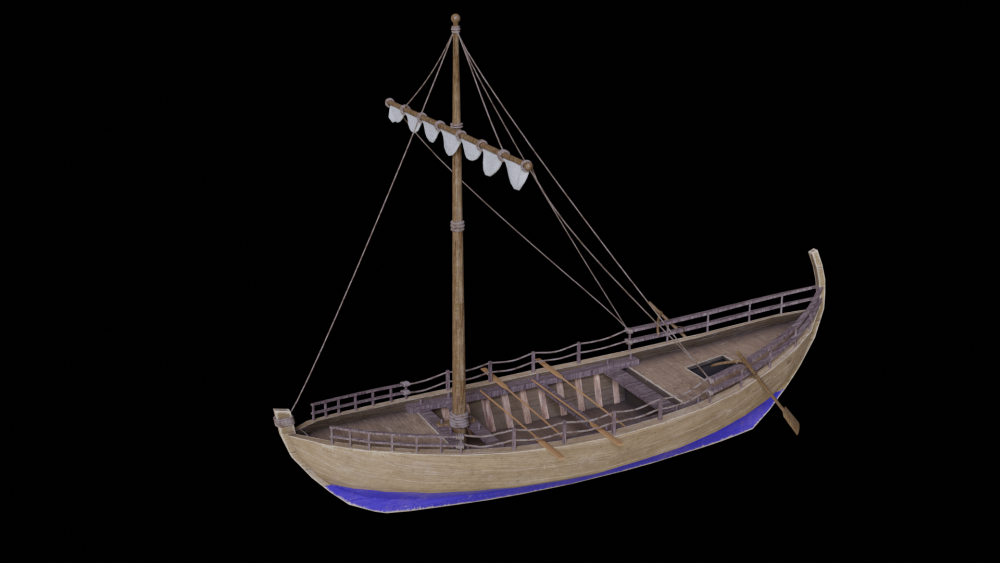
The Liburnians’ maritime legacy extended beyond peaceful pursuits to include a significant presence in piracy, a strategic choice to secure navigable routes in the Adriatic, as recorded as early as 302 BC by Livius.
The presence of the Kornati Islands in the midst of this bustling maritime activity likely contributed to their strategic importance in safeguarding these routes.
While historical records on the Liburnians’ political structure are scarce, it is generally believed that they organized into a loose confederation of city-states and tribes along the eastern Adriatic coast. Each of these entities likely had its own leaders or chieftains governing their respective regions, although the existence of centralized kings or rulers within the Liburnian civilization remains uncertain.
Changing Tides: Transition of Populations and Landscape
Over the centuries, the Kornati Islands witnessed significant demographic shifts. In the 17th to 19th centuries, the islands saw an influx of settlers from Murter, Betina, and Zaglav, driven by the desire for new living spaces due to overcrowding on their home islands. These newcomers, referred to as the Kurnatari, played a pivotal role in altering the demographic makeup of the islands.
Throughout its history, the Kornati landscape underwent substantial changes, particularly in terms of deforestation. The landscape progressively lost its lush forests, culminating in a pivotal moment in 1850 when a devastating wildfire engulfed the island of Kornat, consuming its remaining forests and transforming the terrain.
The deliberate practice of burning overgrown grasslands, primarily for pasture maintenance, played a significant role in shaping the islands’ appearance. This practice facilitated sheep farming for the current inhabitants, but it also unveiled remnants of numerous Liburnian structures.
Mysterious Stone Piles: A Glimpse into Ancient Navigation
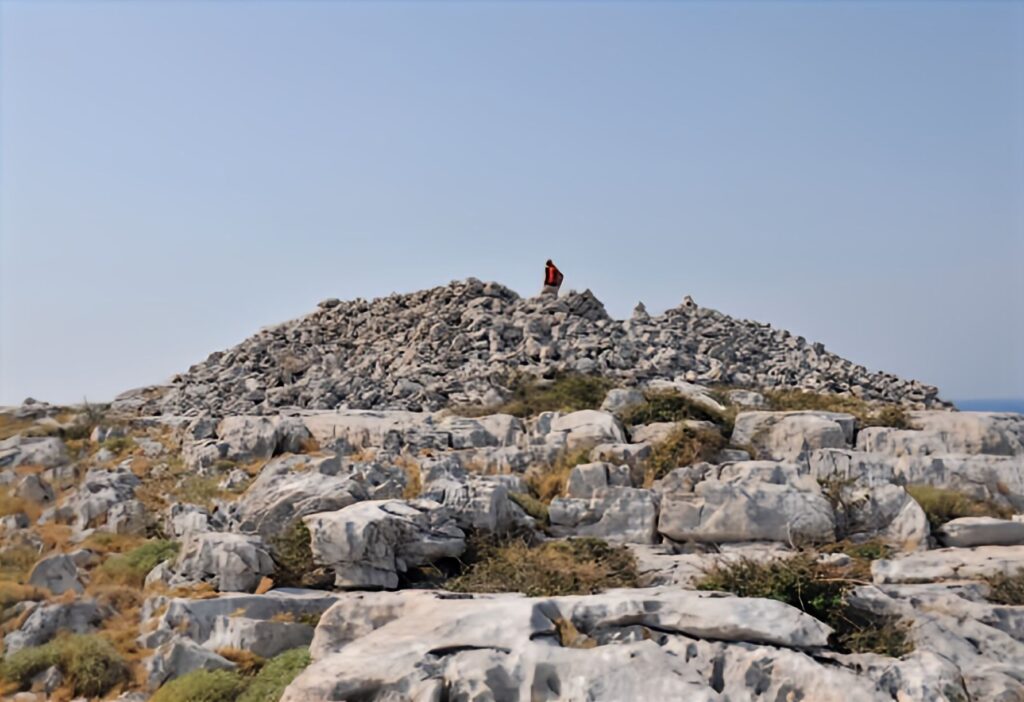
As we journey through the captivating landscapes of the Kornati Islands, we encounter a fascinating testament to the ancient Liburnian culture – the enigmatic stone piles that dot the island’s terrain. These stone piles have drawn the attention of archaeologists and historians for years, their secrets slowly unveiled through careful excavation.
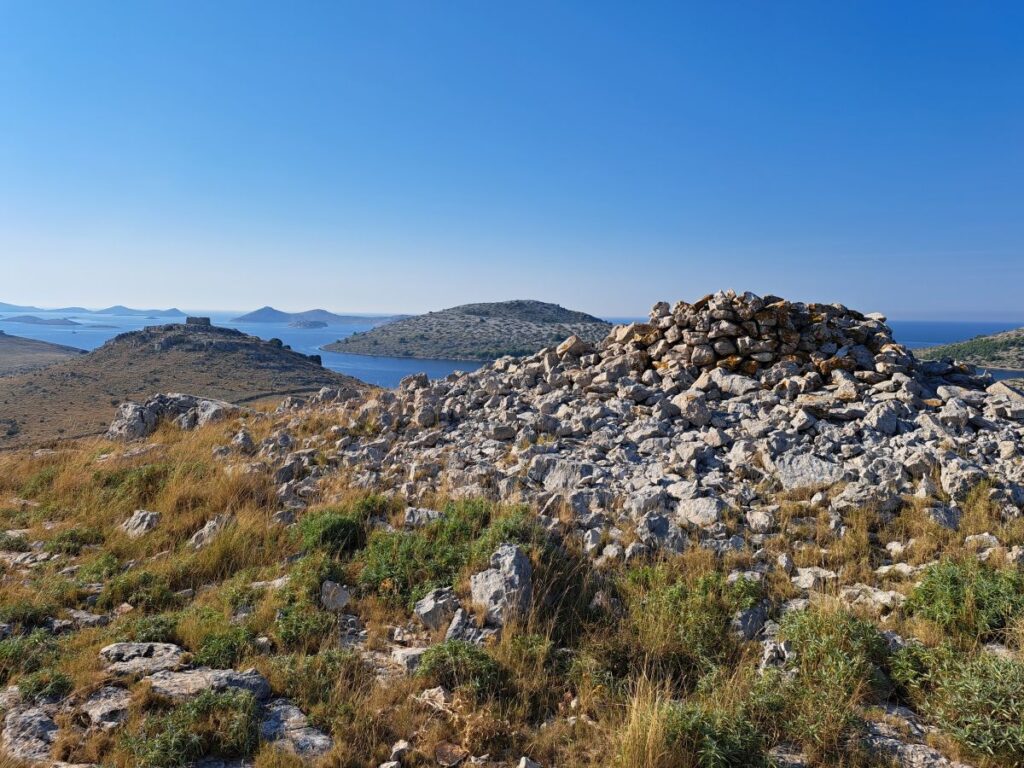
The purpose of stone piles remains a subject of debate among scholars. It is believed that they may have served diverse functions, from somber funerary rites to fortified strongholds and watchful lookout posts. The deliberate placement of these stone heaps upon the crests of hills hints at their role as guiding beacons for ancient mariners, deftly navigating the perilous waters surrounding the Kornati archipelago, facilitating safe passage between the influential Liburnian ports of Colentum and Iader.

The Kornati landscape carries a silent but profound narrative of the Liburnians. Elevation after elevation, hill after hill, often overlooking the sea, bears the traces of Liburnian fortifications, lookouts, or tombs atop their summits. These enduring remnants provide insights into the strategic significance of the islands for the Liburnians and offer a glimpse into their rich cultural heritage.

While an untrained eye may perceive only a seemingly barren expanse, those understanding this history readily discern the echoes of these ancient structures. They serve as poignant reminders of the vibrant Liburnian civilization that once thrived in this remarkable region, enriching our exploration of the Kornati Islands.
Exploring Kornati as Liburnian Land
Journeying through the Kornati Islands offers not only a connection to the stunning natural beauty but also an opportunity to delve into the rich cultural heritage of the Liburnians. The coexistence of ancient stone formations and the captivating landscape we see today is a testament to the enduring legacy of this fascinating civilization.

